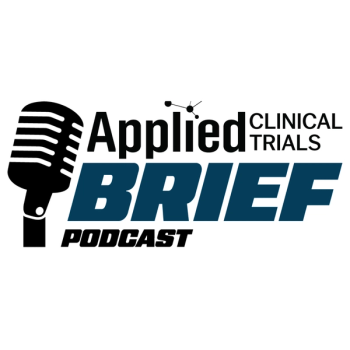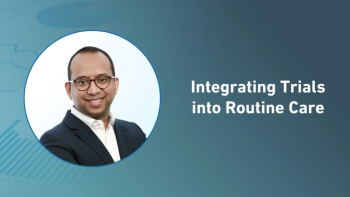
Have Monitor, Will Travel?
Having monitors at the site keeping the trial in check is comforting for many sponsors used to the typical six, eight or 10 week monitoring schedule in a typical pivotal clinical trial. However, a variety of factors are converging to make the possibility of remote or centralized monitoring a key part of any clinical trial. Those factors include adaptive trials, usage of remote monitoring in observational trials, cost pressures, and efficiencies.
Ramita Tandon, Senior Director, Project Management, Peri-approval Services (PACE), for Parexel will chair and present along with Michael J. Rosenberg, MD, President and CEO, Health Decisions Inc., at the DIA session “Centralized Monitoring: When Does It Make Sense?” on Monday June 14 from 3:30 to 5 p.m. for the Clinical Research and Development/Clinical Supplies track.
In her position at Parexel, Tandon told Applied Clinical Trials that sponsors do have concerns with the remote monitoring concept. Specifically, these are related to pivotal trials and Source Document Verification (SDV). To support and illustrate the remote monitoring strategy, Tandon will present a case study of a global Phase IIIb trial featuring key cardiovascular endpoints that were collected and submitted as part of the trial. “We’re going to walk attendees through this type of monitoring strategy,” said Tandon. She believes that the Phase IIIb study is an excellent model for sponsors to get comfortable with and then consider for earlier phase trials.
“There is hesitancy to use remote monitoring with the pivotal trials,” explains Tandon. However, by providing the Phase IIIb case study, and that example of endpoint studies used for submissions, balanced with the monitoring rigor required for data safety, she believes that confidence will follow.
In regard to the SDV issue, Tandon related: “Once sponsors decide to use the remote monitoring approach, the question to the CROs becomes how do you get to that percentage of SDVs?” Tandon says that the SDV percentages range from the very conservative to the opposite on observational programs. These issues will also be discussed at the session.
Remote monitoring is not an easy decision, but once made, Tandon says it can’t be implemented successfully without the optimal workflow processes, as well as a supportive infrastructure.
In addition, the speakers will discuss the best scenarios of remote monitoring, which take sponsors away from the mindset of traditional six, eight or 10-week monitoring visits. The flexible remote monitoring plan positively impacts the bottom line of budgets, and believe it or not, increases site satisfaction. And a happy site makes for a happy sponsor. Tandon said, “Practicing site management remotely becomes easier over the phone in the observational studies because you are observing physician practices. Also, prescribers love it because once they realize they are part of a clinical trial and it’s easy to do, they send positive feedback to the sponsors.”
Related Articles
Newsletter
Stay current in clinical research with Applied Clinical Trials, providing expert insights, regulatory updates, and practical strategies for successful clinical trial design and execution.





.png)



.png)



.png)
.png)
